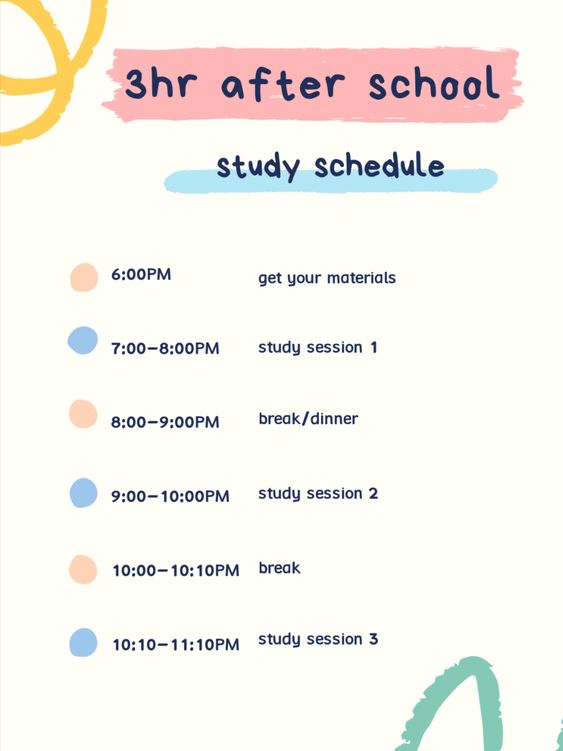Introduction
A well-organized school master schedule is the backbone of a successful educational institution. It ensures that students have access to the courses they need, teachers can effectively manage their workload, and resources are optimally allocated. The following seven steps will guide you through creating and maintaining a master schedule that works for everyone involved.
1. Establish clear goals
The first step in creating an effective master schedule is to identify the specific needs and priorities of your school. This may include factors such as academic achievement, student engagement, social and emotional learning, and resource allocation. Clearly define these objectives, as they will act as the foundation for all scheduling decisions.
2. Gather key data
To create a comprehensive master schedule, it is essential to gather relevant data about your school’s students, teachers, and resources. This information will help you make informed decisions about everything from course offerings to teacher assignments. Key data points to collect include:
– Student enrollment numbers
– Teacher qualifications and subject areas of expertise
– Class size limits
– Special programs (e.g., special education or gifted education)
– Resource availability (e.g., classrooms, sports facilities)
3. Collaborate with stakeholders
Involve all relevant stakeholders—such as administrators, teachers, support staff, and parents—in the scheduling process to ensure their perspectives are considered. Engaging with these stakeholders will help identify potential challenges or opportunities that you may not have been aware of otherwise.
4. Allocate resources
Once you have determined your school’s goals, gathered essential data, and consulted with stakeholders, it’s time to allocate resources accordingly. Be mindful of unique requirements such as special education needs or sports schedules when assigning resources such as classrooms and teaching staff.
5. Create a flexible draft schedule
Develop a draft master schedule that accommodates your school’s goals while considering the needs of students and teachers alike. During this phase, it’s crucial to remain flexible and open to adjustments, as it’s rare for a schedule to be perfect on the first attempt.
6. Evaluate and refine
Once your draft master schedule is complete, solicit feedback from stakeholders and use their input to make necessary adjustments. Gather information about what worked well and what didn’t in the previous scheduling cycle to ensure those lessons are applied to the current schedule. This process may involve multiple rounds of refinement.
7. Communicate and implement
After finalizing your master schedule, communicate it effectively with all individuals involved. Ensure that each faculty member has access to their class schedules, roles, and responsibilities before the start of the academic year. Regularly review and make any necessary adjustments throughout the year to maintain an effective master schedule.
Conclusion
Developing a successful school master schedule is an ongoing process that requires careful planning, collaboration, and flexibility. By following these seven steps, you can create a schedule that meets your school’s goals while providing a positive learning environment for students and reducing stress on teachers.





